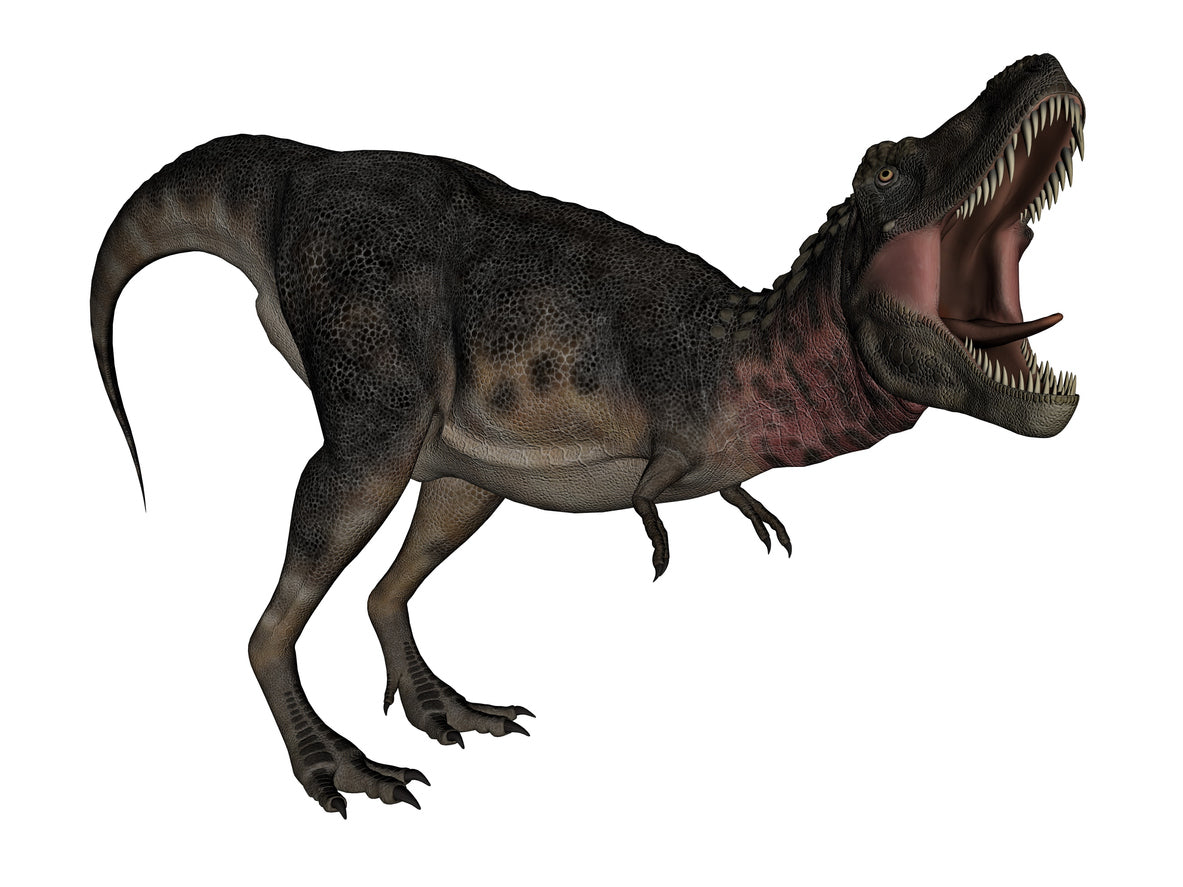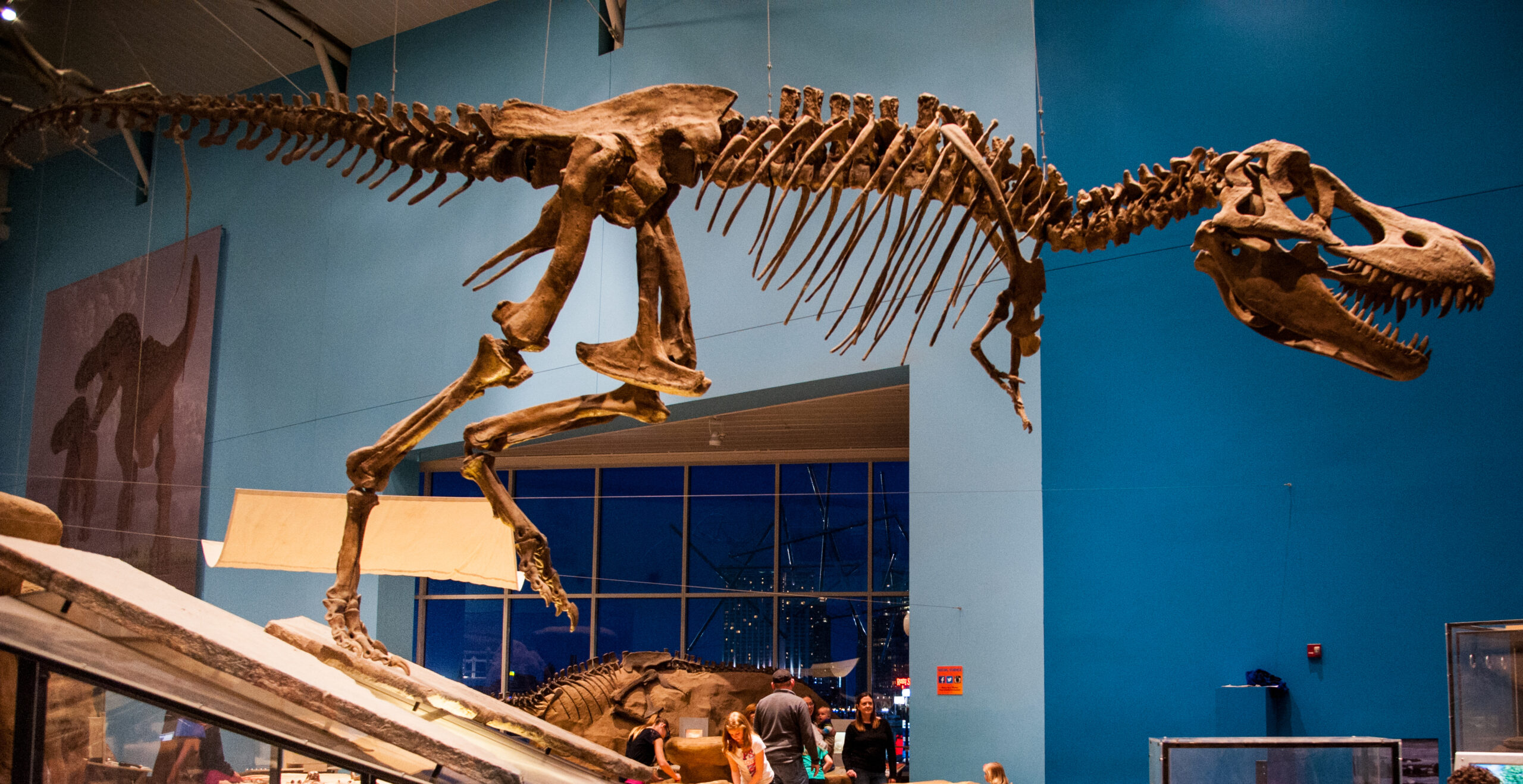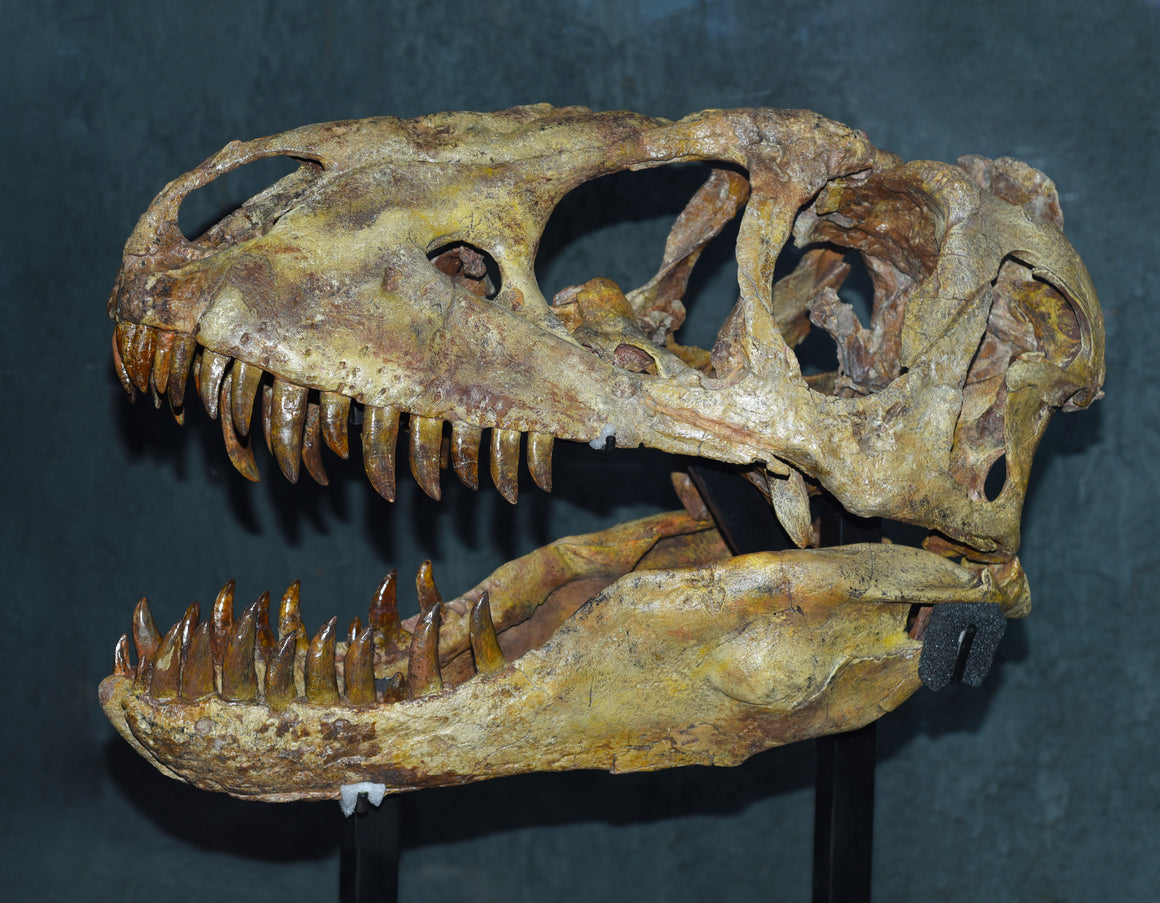Believed to have roamed what is now northeastern China around 70 million years ago, he certainly wasn’t one to mess with!
With sword-like claws and teeth designed for tearing up feces, Tarbosaurus would have been a force to be reckoned with on the Late Cretaceous landscape.
So what do we know about this impressive dinosaur? Keep reading to find out!
Description and appearance

The Tarbosaurus could travel great distances thanks to its sense of smell.
Tarbosaurus was a ferocious predator and preyed on other dinosaurs such as hadrosaurs and ceratopsians.
It is one of the best-known dinosaurs, thanks to its appearances in the movie: Speckles: The Tarbosaurus.

Diet
Tarbosaurus was a large theropod dinosaur that lived during the Late Cretaceous period.
It was closely related to Tyrannosaurus Rex and shared many characteristics, including a large head, small arms, and a long tail.
Tarbosaurus is considered a carnivore, and most evidence suggests that it outcompeted other dinosaurs.
However, some scientists believe that it may also have sometimes searched for food in the trash.
Tarbosaurus had head-shaped teeth and powerful jaws, which would have been well suited for tearing flesh.
It also had a strong smell, which would have helped him locate the protected area.
Overall, Tarbosaurus was a fearsome predator that played an important role in the ecosystem of its time.
Reproduction
Dinosaurs are some of the fascinating creatures that have ever lived on earth. One of the most interesting aspects of these prehistoric animals is their reproduction.
Scientists have long puzzled over how such large animals could have successfully reproduced.
However, recent fossil finds have shed new light on the subject. Tarbosaurus was a large carnivorous dinosaur that lived at the end of the Cretaceous period.
This creature was closely related to the Tyrannosaurus Rex and is believed to have reproduced in a similar manner.
Fossil evidence indicates that Tarbosaurus had an oviparous reproductive system, meaning it laid eggs.
It is believed that this dinosaur built nests and incubated its eggs until they hatched.
Thanks to this new experience, we now better understand how some of the largest animals successfully reproduced.
The first Tarbosaurus fossil was discovered in Mongolia in 1955, and many more fossils have since been found in China and Kazakhstan.
This dinosaur was closely related to Tyrannosaurus Rex and shared many characteristics, including a large head, small arms, and a long tail.
It is believed that Tarbosaurus lived in forests and wooded areas.
It would have attacked other dinosaurs, such as hadrosaurs and ceratopsians.
Tarbosaurus was one of the top predators during its time and would have been an apex predator in its ecosystem.
Tarbosaurus was one of the last members of the tyrannosaurid family.
Tarbosaurus disappeared 65 million years ago, along with all other dinosaurs, due to the asteroid impact that caused the Cretaceous-Paleogene mass extinction event.
Discovery

The fossilized remains of Tarbosaurus were first discovered in Mongolia in 1948 by a team of paleontologists from the Soviet Union.




